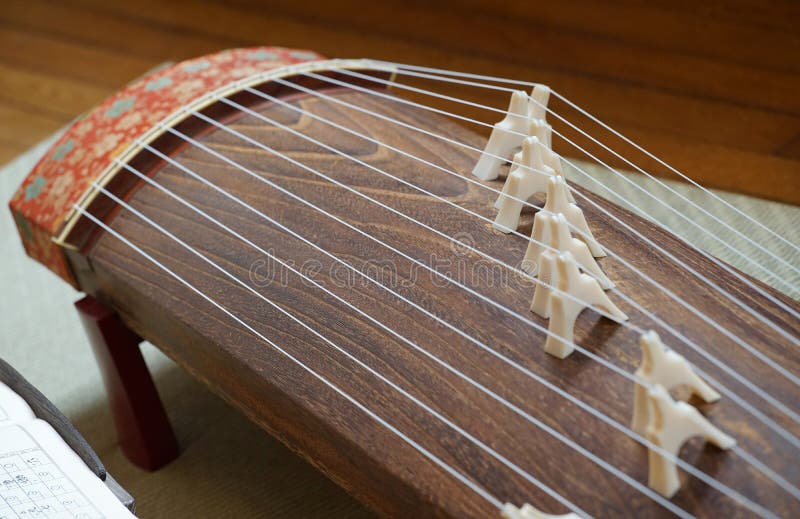

Traditional string instruments include variations of the sitar and long- or short-necked lutes. The tsuzumi - the hourglass drum - is used mainly in the Noh and Kabuki theatres. There are also miniature drums used by dancers. Among the tacked drums are the taiko, mostly employed for court music and festivals. Drums with tacks are usually barrel-shaped, whereas those with ropes tend to be shaped like an hourglass or tube. The drums are usually beaten with drumsticks.

Most of the Japanese drums have a membrane on either side, attached to the frame with ropes or tacks. String instruments played with a bow are relatively rare in the history of Japanese music and trumpets, whether of metal or conch-shells, are even rarer. The Kodo troupe of drummers that visited Israel a decade ago, and the Yoshida Brothers, who play the shamisen (see further) are only two examples of contemporary musicians who are reviving the traditional instruments, with great success in Japan and worldwide.Įach type of instrument is adjusted to the desired range of a specific musical genre. In recent years, the number of musicians incorporating traditional instruments in their performances has increased. Others, including bells and drumming, are used in Buddhist ceremonies and in gagaku (the music of the imperial court). Three types of instrument are used for performing traditional Japanese music - drums, stringed instruments, and wind instruments (especially the flute).


 0 kommentar(er)
0 kommentar(er)
